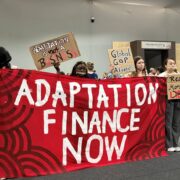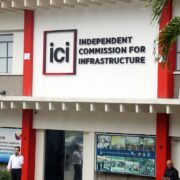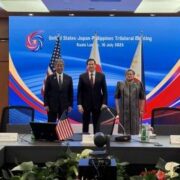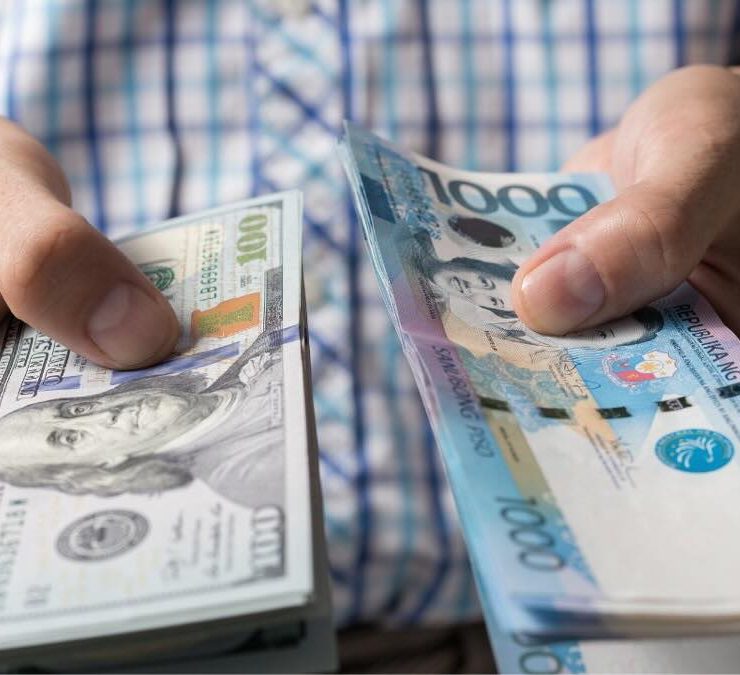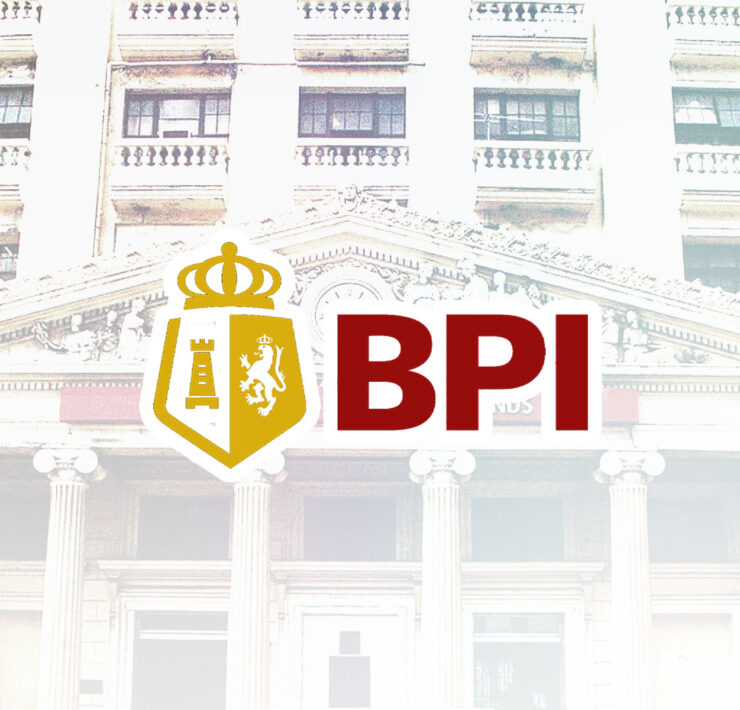Asia–except PH–outpaces expectations in Q3
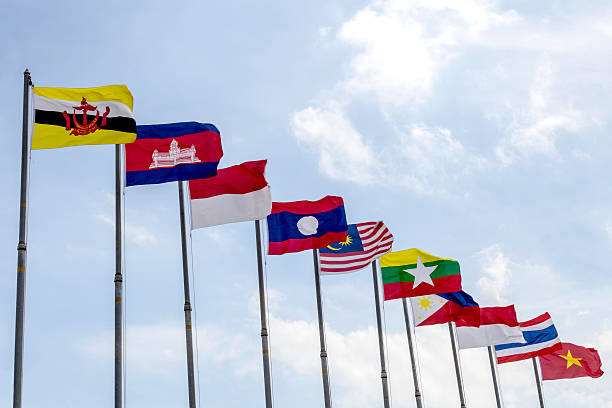
Asian economies exceeded growth expectations in the third quarter, with the Philippines emerging as the lone outlier as it lagged a regional upswing that has spurred outlook upgrades across its neighbors despite headwinds from higher US tariffs.
In a commentary, Khoon Goh, head of Asia Research at ANZ, said Asia’s economic expansion this year has been much better than expected, driven by front-loading of exports during the US tariff pause and higher spending on investments related to artificial intelligence.
For instance, third quarter growth in Taiwan, Vietnam and Malaysia beat consensus estimates by 1 percentage point or more, triggering upward revisions to growth projections for these economies.
Goh, however, said the consumption-reliant Philippines was the only economy to have surprised on the downside, prompting ANZ to slash its 2025 growth forecast on the country to 4.9 percent, from 5.4 percent previously.
The outlook for next year was also trimmed to 5 percent, from 5.2 percent earlier.
Zooming out, Goh said the more export-oriented economies have clearly performed better than the domestic-focused ones this year despite the global trade headwinds.
“Based on national accounts data for the third quarter reported so far, all economies apart from the Philippines have exceeded expectations,” he said.
Already, Economic Planning Secretary Arsenio Balisacan conceded that reaching even the low end of the government’s 5.5- to 6.5-percent growth target for 2025 has become “very challenging” after the economy expanded at a four-year low of 4 percent last quarter.
Figures showed state spending grew by 5.8 percent in the third quarter, the slowest pace since the same period in 2024, after the deepening corruption probe delayed public works as authorities grew more cautious in awarding contracts.
A notable weakness was also seen in consumer spending, which historically accounts for roughly 70 percent of total output.
Despite tame inflation and declining interest rates that could have bolstered households’ purchasing power, this key segment grew just 4.1 percent—a four-year low—after a series of powerful storms disrupted the local job market.
That said, there’s growing expectation now of a deeper rate-cutting cycle, with economists expecting additional easing moves from the Bangko Sentral ng Pilipinas in 2026.
But elsewhere in the region, ANZ’s Goh said Asia’s growth was likely to close 2025 on a strong note even as the export front-loading activity has ended.
“This will provide a solid base for 2026, especially with overall financial conditions in the region remaining very supportive,” he said. “As a result, the monetary policy easing cycle for Asian central banks will be coming to an end soon.”


